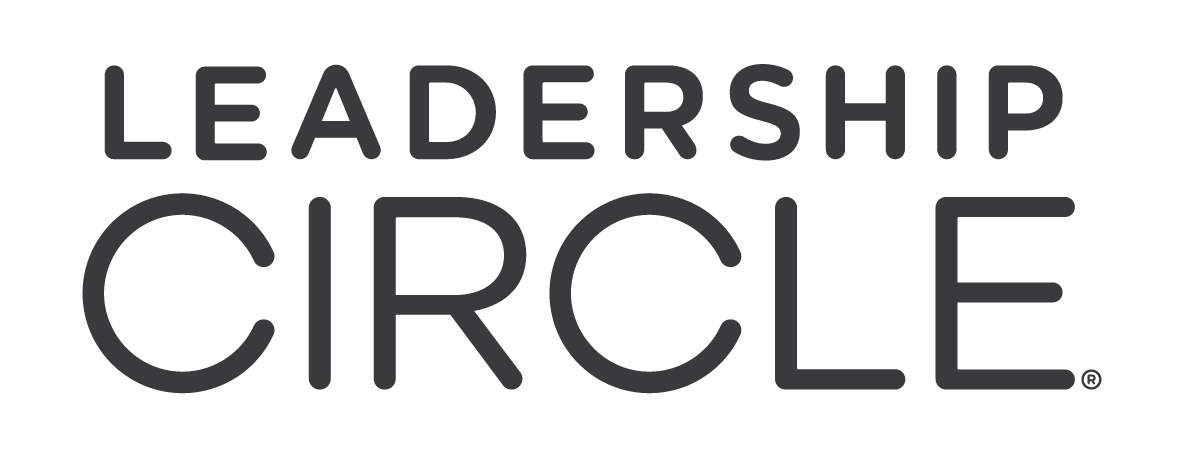When we think about leadership, we usually picture intellect, strategy, and emotional intelligence. Yet there’s another dimension that often goes unnoticed—one that can radically change the way leaders make decisions, influence others, and sustain presence under pressure.
It’s called somatic awareness—the ability to tune into the body’s signals and sensations. Far from being “soft” or unscientific, it offers leaders a powerful way to ground themselves, sharpen judgment, and build trust with their teams.
What if the key to being a more effective and respected leader wasn’t found in another framework or book, but in your own body?
Why the Body Matters in Leadership
Traditional leadership training focuses on two forms of intelligence: cognitive (thinking) and emotional (feeling). But this leaves out the body, which acts as a real-time feedback system connecting both.
- A racing heartbeat may tell you that stress levels are high before your mind even recognises it.
- Tension in your shoulders can signal fatigue or resistance.
- That “gut feeling” is often your nervous system detecting patterns your brain hasn’t yet articulated.
By ignoring these cues, leaders risk making reactive choices, misreading situations, and burning out. Somatic awareness, on the other hand, provides a bridge between thought, emotion, and action.
The Cost of Disconnection
Corporate burnout is at record levels. One reason is that many leaders operate almost entirely from the neck up—pushing through long days while ignoring their body’s messages. Over time, this disconnect erodes wellbeing, undermines clarity, and leads to reactive decision-making.
Reconnecting with somatic signals gives leaders the chance to notice strain before it becomes exhaustion and respond with greater presence.
The Science Behind Somatic Intelligence
Somatic awareness links to interoception—our ability to sense internal bodily states like heartbeat, breathing, or tension. This process is supported by the insular cortex, which helps translate body signals into conscious awareness.
The vagus nerve also plays a central role. By stimulating the parasympathetic nervous system, it fosters calm and balance, enabling leaders to stay composed even when stakes are high.
Neuroscience shows that leaders who develop somatic intelligence improve self-regulation, manage stress more effectively, and sustain clarity under pressure—all of which strengthen influence.
How Somatic Awareness Builds Trust and Influence
- Grounded presence: A leader who remains calm and centred creates psychological safety for their team. People naturally trust leaders who appear composed.
- Body language as influence: Posture, breathing, and facial expressions communicate before words do. Leaders who embody openness and steadiness send signals of authority and confidence.
- Feedback loops: Physical cues influence mental state. For example, standing tall and breathing deeply doesn’t just look confident—it also helps you feel more confident.
Practical Somatic Strategies for Leaders
Somatic awareness doesn’t require radical lifestyle changes. Small, deliberate practices can make a big difference:
- Body Scan Before Decisions
Pause for 30 seconds, noticing where you feel tightness or ease. Your body often highlights whether a choice aligns—or conflicts—with your deeper instincts. - Breath Reset
Try the 4-4-6 method: inhale for four counts, hold for four, exhale for six. This slows the nervous system, clears the mind, and anchors your presence. - Posture and Presence
Practice standing tall with open shoulders and steady eye contact. Posture not only changes how others see you, but how you see yourself. - Somatic Listening
Pay attention not only to words, but to the subtle cues—breathing, shifts in posture, micro-expressions—that reveal how others are really feeling. - Movement for Recalibration
Stuck in a loop? Step away for a walk, stretch between meetings, or change your physical environment. Movement can unlock creativity and mental clarity.
Leading with Mind and Body
Leadership is no longer about thinking harder or driving faster. It’s about cultivating awareness that unites mind, emotion, and body. Somatic intelligence is the missing piece—an untapped resource that helps leaders make wiser decisions, project confidence, and build deeper trust.
By paying attention to your body’s signals, you don’t just improve your own clarity—you model resilience and presence for your team.
So before your next decision or difficult conversation, take a moment. Breathe. Notice what your body is telling you. It may hold the key to the leader you’re becoming.
At Leadership Circle, we help leaders integrate somatic awareness into their practice, combining it with proven leadership frameworks for transformational growth. Discover how our programs can help you lead with greater confidence and authenticity.





